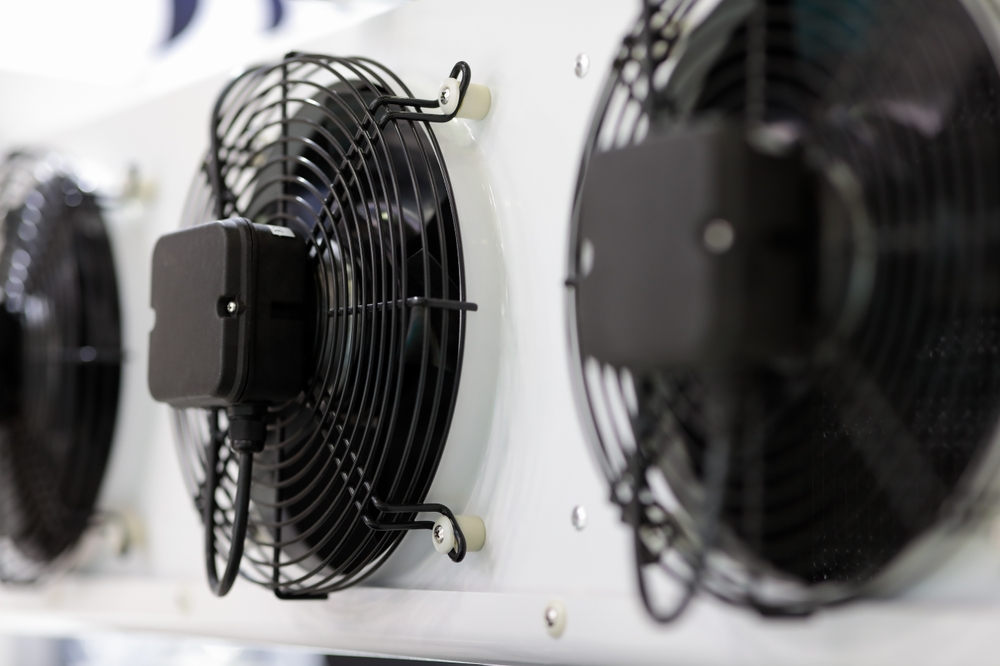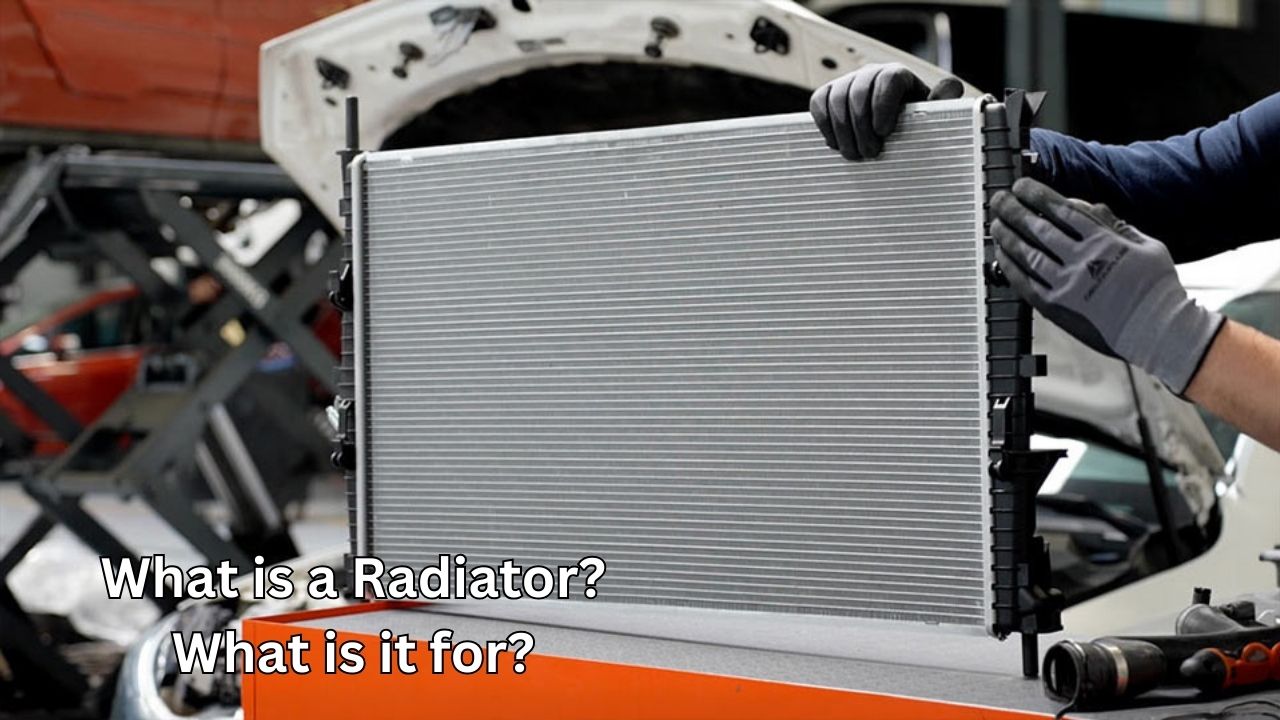
Resistance Life Enchance: Operation Maintenance and Savings Tips


A radiator is a device that transfers energy from a heat source to the air or water through metal surfaces, heating the environment. Generally found in central heating systems, these devices ensure a homogeneous temperature distribution by transporting hot water or steam through pipes. Each radiator is designed to efficiently distribute heat and plays a significant role in energy efficiency. Radiators typically operate using different energy sources. Hot water, steam, or electricity are the primary elements enabling the radiator to function. In central heating systems, hot water transfers its heat to the environment as it passes through the radiator. This process starts with heat contacting metal surfaces and then spreads into the atmosphere via air. This allows the room's temperature to rise rapidly, providing a comfortable heating experience. The working principle of radiators is usually based on convection and conduction. Convection is the process where heated air rises while cooler air replaces it. Conduction, on the other hand, is the direct transfer of heat through metals. With these two principles, radiators effectively heat the surrounding air, increasing the temperature of the environment.

The history of radiators dates back to the 19th century. Initially, these devices used for heating were generally made of cast iron and operated with steam. In the early 1800s, especially in Europe, the need for more modern and safer heating methods in buildings increased. During this period, the first hot-water radiators were invented. These devices stood out with their ability to quickly distribute heat and maintain warmth for longer periods. Today, radiators have significantly evolved in terms of design, materials, and energy efficiency. Now, they are both aesthetically appealing and efficient. Radiators produced from various materials have been shaped according to different heating needs and optimized for energy savings.
The working principle of radiators generally starts with transferring water or steam through pipes to the radiator in central heating systems. As hot water enters the radiator’s inner part, it contacts metal surfaces, and heat begins to spread into the environment. This heat is distributed through convection and conduction. Convection enables hot air to rise while cooler air settles, ensuring a balanced temperature in the room. Radiators also play a crucial role in energy efficiency. Modern radiators used today can release more heat with less energy, leading to lower energy consumption and higher efficiency. Particularly, panel radiators used in central heating systems provide high performance with low energy consumption.
Radiators are highly effective devices used to regulate the temperature in all types of living spaces. Modern radiators, operating with different energy sources and optimized for better efficiency, provide both a comfortable environment and energy savings. The development of heating systems with advancing technology has enabled radiators to undergo significant evolution in terms of design and functionality. As an indispensable part of today's heating systems, radiators contribute to more sustainable and comfortable living spaces.
is extremely important for the efficient operation of heating systems. Especially in winter, ensuring that radiators function correctly plays a critical role in both energy savings and a comfortable heating experience. This article discusses what radiator maintenance is, how it should be performed, and the benefits of regular maintenance.
Regular maintenance of radiators extends their lifespan while increasing efficiency. Neglected radiators can become clogged or inefficient over time, reducing heating performance and increasing energy costs. The main purposes of radiator maintenance include:
Maintaining radiators is quite simple, but it needs to be done regularly. Here are the steps for radiator maintenance:
The ideal time for radiator maintenance is usually in the autumn. Conducting maintenance before winter ensures the heating system is ready for cold weather. However, maintenance can also be performed regularly throughout the winter. Especially air bleeding should be done frequently.
Radiator maintenance offers many advantages:
Radiator maintenance ensures efficient operation and prolongs the lifespan of the device. Regular maintenance not only saves energy but also provides a more comfortable heating experience. Therefore, keeping up with radiator maintenance at regular intervals offers both economic and environmental benefits.

Fill out the form to discover the most suitable high-end products for your projects. Contact Us Now.